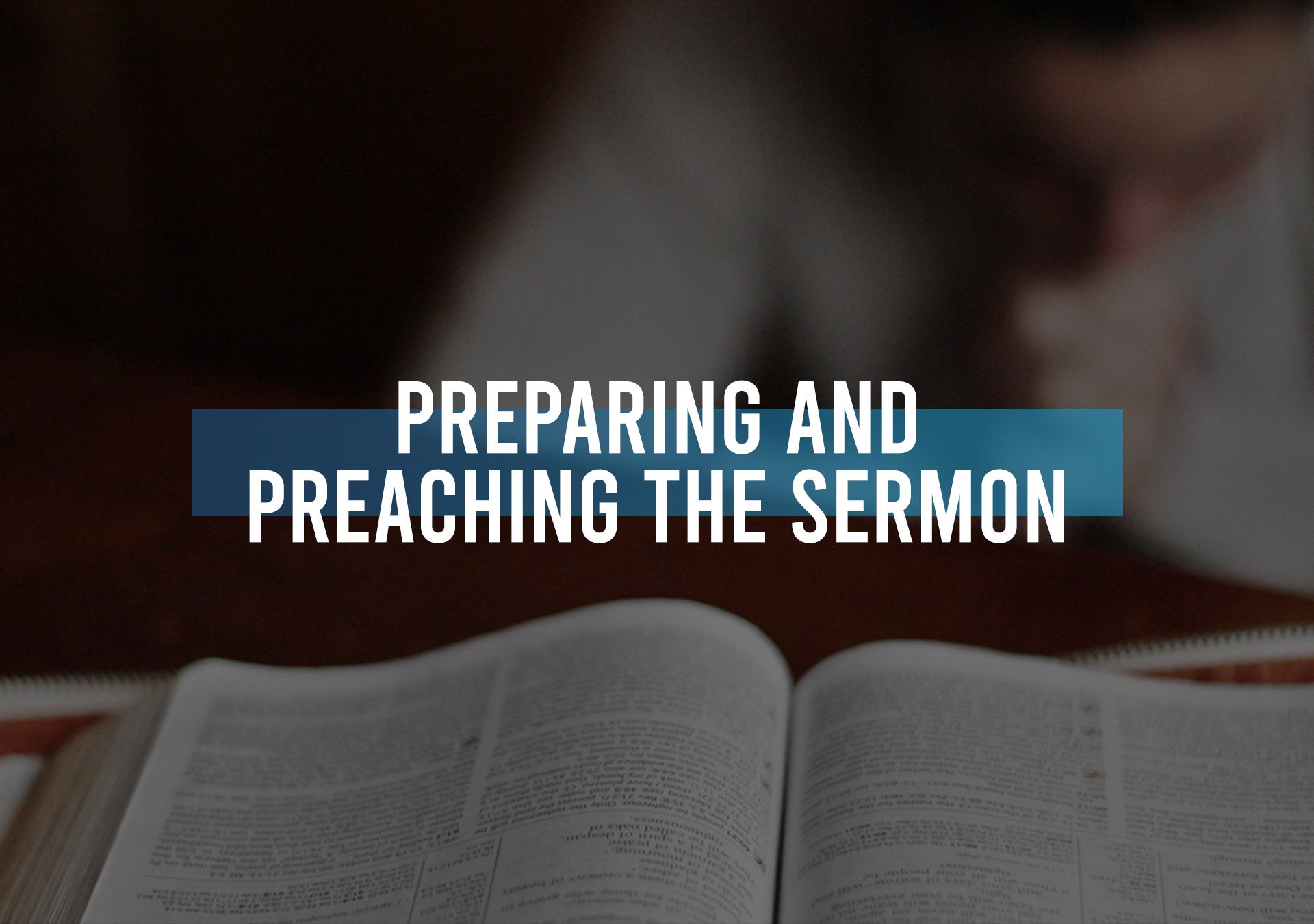Norman Nakanishi
Founding and Expansion Pastor,
Pearlside Church

Founding and Expansion Pastor,
Pearlside Church

Generally, it is best to preach and teach through a sermon series whether it be going through books, or using topical or expository approaches. This continuity creates a momentum of learning by allowing truth to build consecutively resulting in big picture comprehension and illumination. When the sermons are thematically connected, the congregation’s absorption of scripture increases significantly. It helps immensely to pray over and preach the message beforehand to yourself to prepare the heart, assimilate the substance, hone the delivery and sharpen a sensitivity to the Holy Spirit.
OBSERVATION: START WITH A LITERAL LOOK AT THE MAIN PASSAGE/TEXT WITHIN CONTEXT
Accurate and responsible handling of any biblical text emanates from a thorough grasp of what prompted its expression. Ask the following questions:
Who is being spoken to and who is doing the speaking?
When is the time period?
Where was the setting and location?
What was the prevailing culture like?
Why was the text or passage written?
Were there any unique and significant situations or circumstances undergirding the text?
Caution: Avoid the tendency to jump straight into spiritual application.
INTERPRETATION: DISCOVER AND COMMUNICATE THE TRUTH WITHIN THE TEXT
Exegete: Interpret what the text is literally and actually saying.
Excavate: Uncover deeper insights within the text through reading, reflection and meditation. Allow the Holy Spirit to illuminate truth.
Select: Choose the insights most suited to the sermon’s intent. Be selective because not everything needs to be preached at one time.
Organize: Deliver those truths with homiletic coherence, clarity and flow.
ILLUSTRATION: CLARIFY AND AMPLIFY THE TRUTH REVEALED BY THE TEXT
Jesus was a master illustrator setting the example for every preacher and teacher. Truth was made simple and clear. George Whitefield the legendary soul winning preacher during the First Great Awakening of the 1700’s and Charles Spurgeon the 19th century's iconic preacher of grace were known for their abilities to both expound and illustrate their sermons well. Some suggestions follow here.
Tell stories to inspire.
Use testimonies to connect.
Incorporate allegories to clarify.
Consider using digital/video clips to animate.
Be careful not to over-illustrate. The texts of scripture should always be the focus.
Fully exegeting the text is primary while the use of illustration is secondary. The latter serves the former and not vice-versa.
APPLICATION: ENCOURAGE PRACTICAL ACTIVATION OF THE PASSAGE PREACHED
Communicate possible and desired applications. Actual activation of truth brings the eventual transformation of lives. Accumulation of knowledge while valuable is not the end goal. To know in scripture often means to do. Cognition and application is inseparable.
Exhort as needed and even admonish as led. Be open to the gentle nudging of the Holy Spirit. These prophetic moments tend to trigger unique and timely breakthroughs in people's lives.
Consider also that sometimes, the sermon speaks on its own merit negating the need for any direct appeals or exhortations.
INVOCATION: PRAY FOR THE HOLY SPIRIT TO TRIGGER TRANSFORMATION
Allow time for Word and Spirit together to seal the sermon. Foster a worshipful context and pray as guided by the Holy Spirit. These moments enhance direct impartation and can both initiate and accelerate life changing encounters.
Call for a congregational response suited to the sermon and the moment.
Involve appeals for salvation, healing, restoration, or re-dedication as appropriate.
Addendum: The importance of basic study aids:
Once the raw and initial work has been put in, the following are some basic recommended resources that can broaden, sharpen, and deepen the process of textual grasp in sermon preparation. Logos puts out exhaustive digital desktop software that is worth the investment but they also have a free web based app that is a thorough resource in itself. The list is endless so consider this a very basic starting point. When cobbling together a hard copy library here are - in my opinion - several must haves. I am sure you know of many others.
The ESV Study Bible
The Expositor’s Bible Commentary (Old and New Testaments)
The IVP Bible Background Commentary (Craig Keener)
The New Testament In It’s World (N.T Wright)
Explore the Book (J. Sidlow Baxter)
Interpreting the Scriptures (Kevin Conner)
Strong’s Concordance
Practicing the Preaching Life (David B. Ward)